|
HOME: www.hiltonpond.org |
|||
THIS WEEK at HILTON POND Subscribe for free to our award-winning nature newsletter (Back to Preceding Week; on to Next Week) |
All text, maps, charts & photos © Hilton Pond Center REQUEIM FOR THE September is usually a beautiful time at Hilton Pond Center, but occasionally mid-month is brutal. After all, it was 25 years ago that shortly after midnight on 22 September 1989 the eye of Hurricane Hugo passed directly over our old farmhouse, sparing the structure and residents but laying waste to several mature trees around the property. Fortunately, these all fell away from the farmhouse; one of them--a towering Eastern Red Cedar (above)--lies nearly intact after a quarter-century, roots exposed and trunk undisturbed as testimony to the rot-resistance of this aromatic wood.
All text, maps, charts & photos © Hilton Pond Center We were greatly relieved after Hugo to find the most massive tree on the property--an enormous White Oak, Quercus alba--still stood tall and strong on the northeast pond bank (1980s springtime photo, above). This magnificent specimen, about 125 years old and likely more, was the uncontested "Queen of Hilton Pond." From any point on the property at any season we could see she was easily the tallest of all our trees.
All text, maps, charts & photos © Hilton Pond Center Using a forester's measuring tape, we found her to be 16 feet in circumference and 64 inches dbh (diameter at breast height)--more than five feet across. Although other measurements were made difficult by surrounding trees, we estimated the White Oak to be 130 feet tall with a spread of perhaps 85 feet (midwinter 2013, above). About 20 feet above ground the oak's main section split into two parallel trunks, each of which would have been a substantial tree in its own right. Visitors to Hilton Pond Center never failed to gaze and gasp at the size of this forest behemoth, and folks frequently gave our big tree a big hug out of respect for her longevity.
All text, maps, charts & photos © Hilton Pond Center We had hoped this year's September would pass without repeat of calamity like Hugo's wrath, but such was not to be. On the morning of 13 September we were sitting at our computer desk, gazing through a picture window at the pond (above) while waiting for Ruby-throated Hummingbirds to enter our traps. It was a placid late summer scene: Hazy day, scarcely a ripple disturbing the water surface, with green leaves of the giant White Oak hanging motionless in the absence of even the slightest breeze.
All text, maps, charts & photos © Hilton Pond Center At precisely 10:42 a.m. we heard a loud crack like a rifle shot, followed by several more in quick succession. A neighbor was building a new house and we thought he was using one of those powder-activated guns that fires nails into concrete, but very quickly we realized the sounds came from rapidly splintering wood. Before our eyes the whole panorama began to move, slowly at first and then with violent speed as that majestic White Oak that had towered over the property for more than a century came crashing down (above). The impact was so great it shook the farmhouse and even woke up second son Garry, home for a few days and sleeping in after an exhausting week of teaching.
All text, maps, charts & photos © Hilton Pond Center Suddenly there was a huge hole in the canopy, and no longer could we see Hilton Pond. Our view of the water (above) was blocked completely by a massive horizontal trunk, a maze of broken lesser limbs, and a jumble of strangely disoriented foliage. It was a shocking, disturbing scenario. We're glad at least we got to watch it unfold but, alas, the "Queen of Hilton Pond" was no more.
All text, maps, charts & photos © Hilton Pond Center This was not the first time we'd seen this giant tree's involvement with natural phenomena. Back in May 2005 we were also at the computer desk when a blinding flash simultaneous with a deafening thunderclap told us a tree very near the farmhouse had been struck by lightning. When the storm passed it didn't take long to discover the big White Oak had taken a direct hit that blew bark for 75 feet and created a gaping, still-steaming scar (above) for at least 60 feet along the main trunk and affected vertical branch. We knew then our beloved old oak was in trouble, that her days were numbered after such a devastating strike. Once a tree's protective bark is compromised by injury it's only a matter of time until parasitic fungi find their way into heartwood and hasten the process of dying.
All text, maps, charts & photos © Hilton Pond Center By the following year the limb that took the lighting hit no longer bore leaves and shortly thereafter large fungal clusters began growing from the oak's trunk (above)--near the scar and right at ground level where they were likely to do most damage. None of this boded well for the big tree's longevity. We knew it was only a matter of time before we would lose her.
All text, maps, charts & photos © Hilton Pond Center It didn't help our confidence to know the giant oak was leaning a bit (at right, above), that dead limbs from the lightning strike were on the uphill side of the lean (putting weight of foliage and live limbs on the downhill side), or that soil around her pond-side roots had been eroded away over time. All in all, things seemed a bit precarious for "The Queen of Hilton Pond."
All text, maps, charts & photos © Hilton Pond Center In recent years we have dreaded windy days, knowing a really powerful gust out of the east might topple the oak into the pond. That's why this week we never suspected--on a windless morning following an evening of light precipitation--the oak would come crashing down. After she did fall, however, we saw the how and the why: The tree's main trunk was completely hollow up to about ten feet (above), with only a narrow four-inch perimeter ring of cambium and bark holding her up. The lightning and its follow-up fungi had done their work, and there was evidence of substantial termite damage within the tree's core. Without living wood to provide support the trunk had simply snapped close to ground level. Our "Queen of Hilton Pond" had indeed been dying a slow death, even though most external evidence indicated she was getting along pretty well for a tree of her age.
All text, maps, charts & photos © Hilton Pond Center One piece of good news was the old oak did not fall directly into the pond, where her limbs would have covered up a significant part of the impoundment AND made it very hard to cut firewood. Instead the Methuselah tree's trunk landed parallel to the shoreline with only a few branches extending into the water (above). As a little bonus, falling branches narrowly missed all our mist nets, two Wood Duck nest boxes, and the Center's digital weather station. Several trails are now blocked, however, and the big hole in the sky means three of our most productive mist net lanes are now in full sun and will need to be moved for the sake of captured birds that might otherwise get too hot from direct solar rays.
All text, maps, charts & photos © Hilton Pond Center We have no idea how how heavy the giant oak might have been; it was certainly tens of tons. Add that mass to the velocity of the fall and it's easy to understand why the ground shook upon impact. A tree that big and heavy was bound to cause at least some collateral damage to surrounding habitat; in fact, the tumbling oak completely stripped limbs from a one-foot-diameter, 50-foot-tall Pecan growing on the edge of the pond (above). A smaller Red Maple also got whacked by falling limbs, and the trunk of the old oak completely crushed a nicely symmetrical 15-foot American Holly--one of only a few female hollies bearing red berries at the Center.
All text, maps, charts & photos © Hilton Pond Center Somewhere under the jumble at pond's edge lay a robust stand of native Swamp Milkweed plants (2005 photo, above) that had been our only local source of food for Monarch butterfly larvae. Other incidental losses included a 20-foot tall Flowering Dogwood, a 30-foot Black Gum, and a pond-bordering stand of Hazelnut Alder. Who knows what else might eventually be uncovered as we remove now-dead foliage and cut oak limbs to firewood length?
All text, maps, charts & photos © Hilton Pond Center To add insult to injury, the big tree also struck another smaller oak--a daughter to the "Queen of Hilton Pond" that was every bit of 30" in diameter, 60 feet tall, and perhaps destined to someday rival her elderly parent's regal status. The old oak broke this upstart like a matchstick, snapping its trunk a few feet above ground while nearly jerking the younger tree up by its roots. This was not a nice way to treat offspring, nor was it a pathway for an old tree's genes to continue into later generations.
All text, maps, charts & photos © Hilton Pond Center From her new horizontal position, the ancient oak showed further evidence of slowly dying. In particular, several limbs that looked healthy snapped off, revealing they were rotten to the core. One of them (above) that originally had been 40 feet off the ground showed signs of extensive beetle damage, with grub holes and galleries throughout the heartwood.
All text, maps, charts & photos © Hilton Pond Center With the tree down at eye level we could examine her further, discovering things we couldn't have observed except with climbing gear or a very long ladder. For example, the oak's mature bark was home to numerous kinds of epiphytic mosses and lichens (above and below).
All text, maps, charts & photos © Hilton Pond Center These flora--although that term applies only loosely to lichens and fungi--undoubtedly benefited from lofty perches high above any ground-level competition. We'll have to see what comes of these organisms as fallen but nonburnable limbs rot and the lichens and mosses lose their height advantage.
All text, maps, charts & photos © Hilton Pond Center After the tree fell we also got to look at the big tree's bark more closely (above), although it seemed strange for a White Oak's diagnostic covering of long, overlapping gray strips NOT to be in its usual vertical configuration. Through the years these bark furrows have been home to Gray Tree Frogs and countless insects, and many times we watched chickadees, titmice, jays, and nuthatches hide seeds in the cracks.
All text, maps, charts & photos © Hilton Pond Center The White Oak's distinctive, deciduous leaves (above) were also now down to earth, something that didn't usually happen until they died, turned brown, and fell during autumn. Note the rounded lobes and lack of bristles--typical for the White Oak group. (The various Red Oaks have bristly tips.) Every shiny, dark green leaf we examined was pretty beaten up--to be expected by late summer after insects, fungi, and wind had caused injury. We suspect additional leaf damage occurred during the tree's violent tumble to earth.
All text, maps, charts & photos © Hilton Pond Center It would have been sad to lose the big White Oak at any time of year, but it was especially unfortunate her demise didn't occur a month or so later. By late October her still-green crop of acorns would have ripened and fallen earthward, providing a wealth of nutrients for Blue Jays, woodpeckers, and small mammals such as Eastern Gray Squirrels, Eastern Chipmunks, Raccoons, and Virginia Opossums--and even much larger White-tailed Deer. It may be the acorns were far enough along to still ripen in place, but it will take a few weeks to find out.
All text, maps, charts & photos © Hilton Pond Center White Oaks may have been called that for three reasons: 1) Their pale gray bark shines almost white in bright sunlight; 2) Meat of their acorns is light in color (compared to the orange center in most Red Oak acorns); and, 3) Their wood is pale (rather than darker red as in Red Oaks.) That said, White Oak heartwood often has a pinkish tint, as shown in the photo above of a broken limb.
All text, maps, charts & photos © Hilton Pond Center A macroscopic view of White Oak wood reveals an interesting grain (above), with awl-shaped pits filled with rays that provide transverse circulation, plus elongated tracheids through which water flows up and sugar-rich sap flows down. Virtually everything visible in this photo is cellulose, a complex sugar of which wood is made.
All text, maps, charts & photos © Hilton Pond Center If we can judge by the image above, it only took a day or two for local fauna to begin exploring the fallen oak. In this case a small mammal--probably a Raccoon--revealed its overnight meal of grapes by voiding what must have been a very liquid scat onto the tree's now-horizontal trunk. These small native fruits--Frost Grapes, Vitis vulpina--have very little pulp; they're mostly skin and seed. (NOTE: This fruit is sometimes mistakenly called "Fox Grape" because that's what the species name actually means, but that common epithet should be applied instead to V. labrusca, whose species name comes from the Latin word for "wild vine.")
All text, maps, charts & photos © Hilton Pond Center When we climbed atop the horizontal tree to photograph the 'coon scat, we could sight along the fallen trunk (above). Quite obvious was the old scar from that vicious lightning strike back 2005. The old tree had attempted to heal the gaping wound with new growth but had not succeeded. It's no wonder fungi were able to get inside the oak and do damage. Note also the two-inch-diameter Trumpet Creeper along the right side of the trunk. This vine had grown up the big oak for at least 40 feet before sprouting foliage and producing nectar-laden orange blossoms that attracted Ruby-throated Hummingbirds high into the subcanopy. Looks like the Trumpet Creeper will have to find another trellis.
All text, maps, charts & photos © Hilton Pond Center Now that our initial shock is over, we can view the toppling of this magnificent oak at Hilton Pond Center from any of several perspectives. Our naturalist viewpoint interprets the fallen tree as part of the cycle of life and death--further illustration of that vegetative succession we've been studying here the past 33 years. Our pragmatist land owner position is we now have access to enough firewood to heat the old farmhouse for years to come. (Although it will take considerable clean-up effort, at least we have a chipper and a hydraulic wood splitter. Volunteers welcome.) But the non-scientist poet inside us says the loss of this grand old oak--whose boughs hosted wet vultures (above) and dry 'possums . . . whose leaves fed caterpillars and katydids . . . whose bark supported lichens and mosses . . . and whose whose height and breadth brought a sense of awe to all who hugged her massive trunk--is something far more personal. As a member of our family for more than three decades we'll truly miss the "Queen of Hilton Pond." No more will her foliage cast shade that cools the summer heat, nor will winter winds blow musically and magically through her bare limbs. Her loss leaves a hole in the sky, and in us.
All text, maps, charts & photos © Hilton Pond Center Yes, the landscape around our 11 acres will look and feel very different from this day onward-- The natural cycle moves ahead and now the Center's tallest tree is a Southern Red Oak, Quercus falcata, also nearing old age; it may not be around much longer itself. Fortunately, both these towering oaks produced abundant acorns in past years, and there are plenty of White Oak seedlings scattered about (above right)--each waiting in the shadows for enough light and space to grow toward maturity. That may take another hundred years, but left to her own devices Mother Nature is patient and persistent.
All text, maps, charts & photos © Hilton Pond Center Aside from abundant firewood, the only other positives after the loss of our giant White Oak are these: From our office window we now see birds flying across a new hole in the sky and, perhaps most important, for the first time in more than 20 years we'll be able to watch sunsets from our office window--each one a quiet requiem for the "Queen of Hilton Pond."
All text, maps, charts & photos © Hilton Pond Center
All contributions are tax-deductible on your |
|---|
|
"This Week at Hilton Pond" is written and photographed by Dr. Bill Hilton Jr., executive director of Hilton Pond Center for Piedmont Natural History.
|
|
|
Please refer "This Week at Hilton Pond" to others by clicking on this button: |
Comments or questions about this week's installment? Send an E-mail to INFO. (Be sure to scroll down for a tally of birds banded/recaptured during the period, plus other nature notes.) |



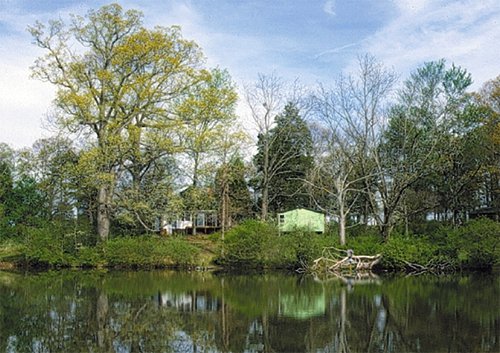
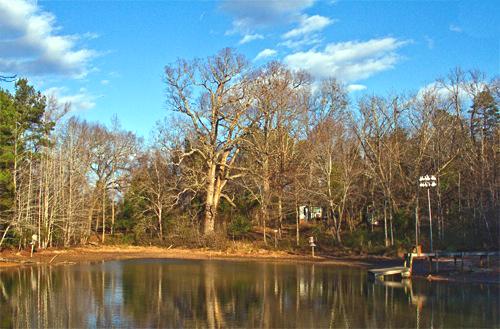
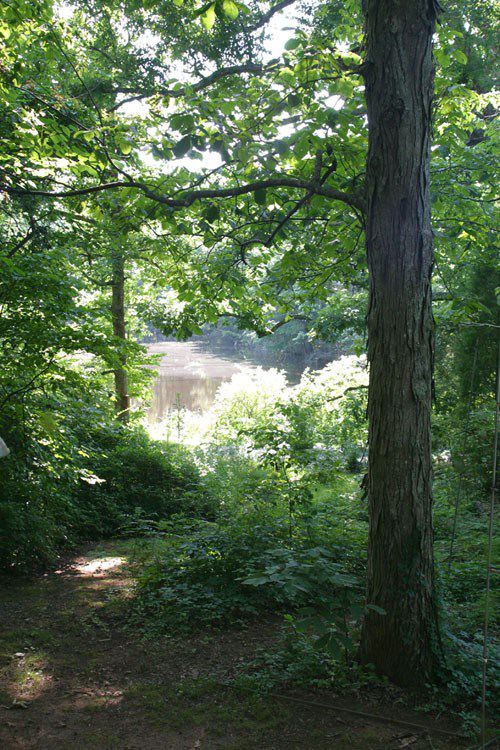
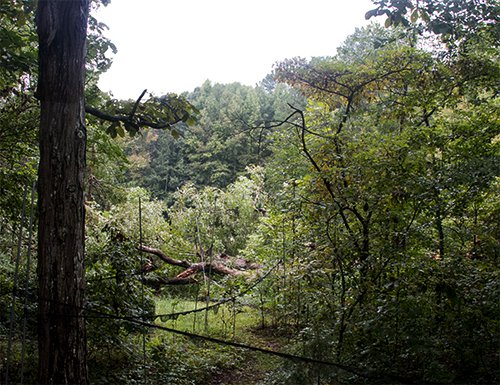
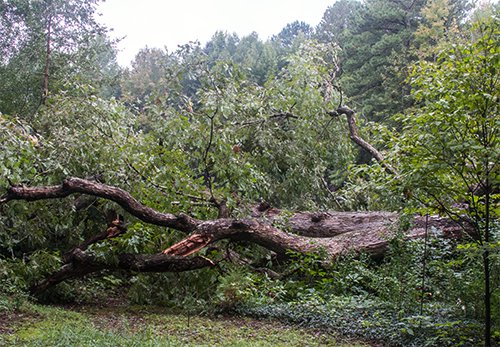


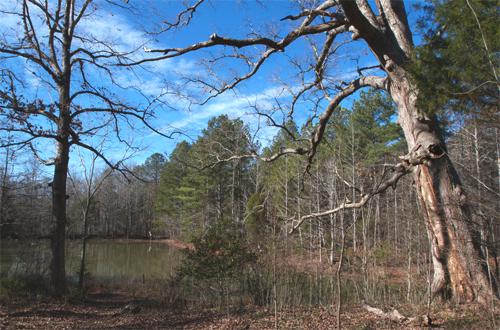
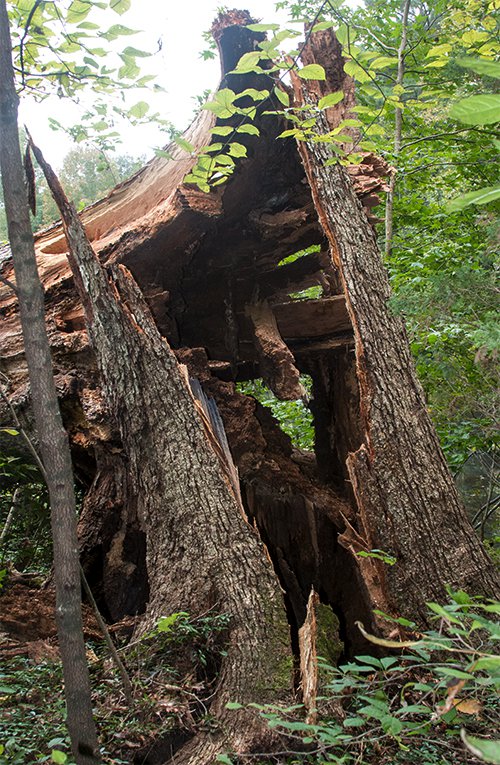
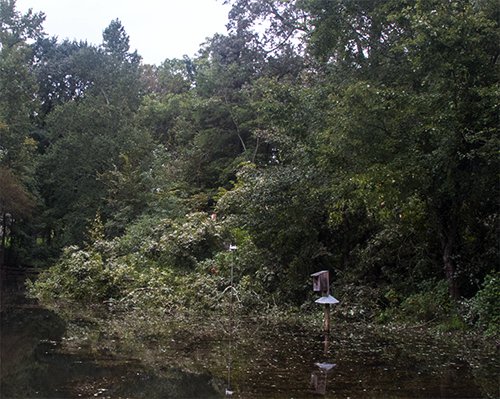
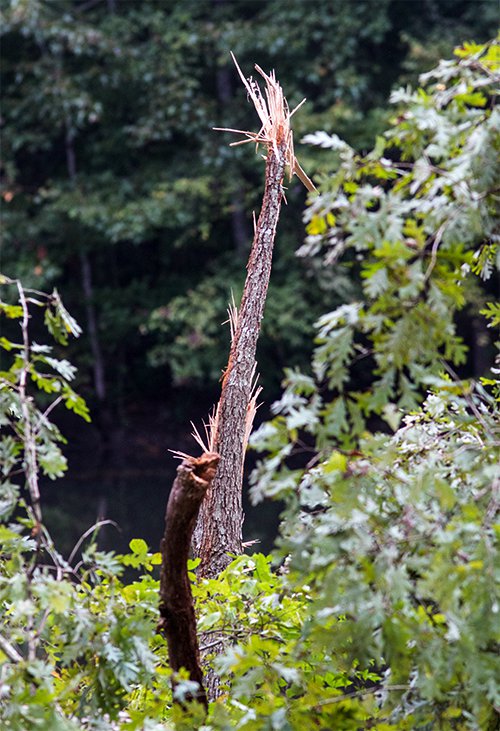
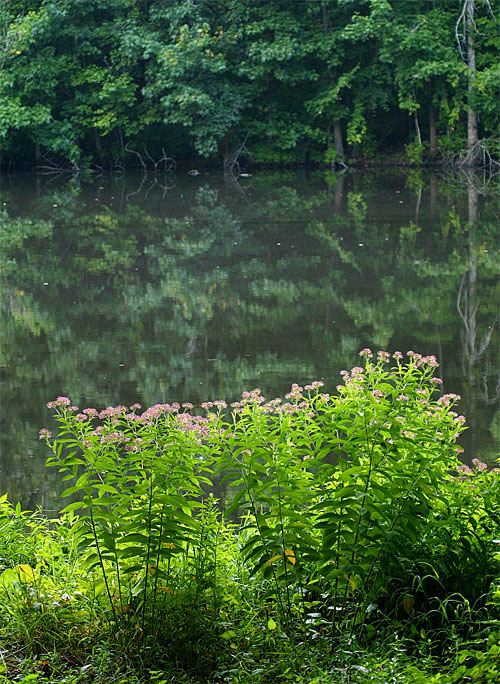
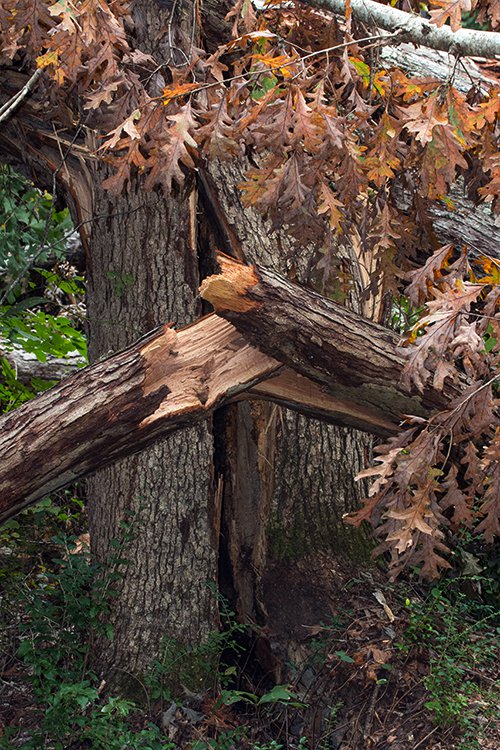
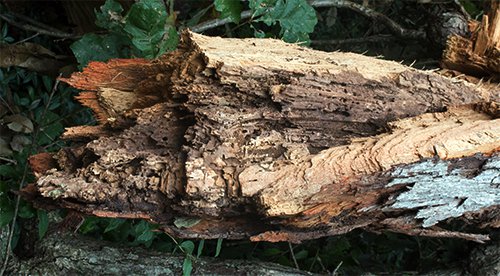
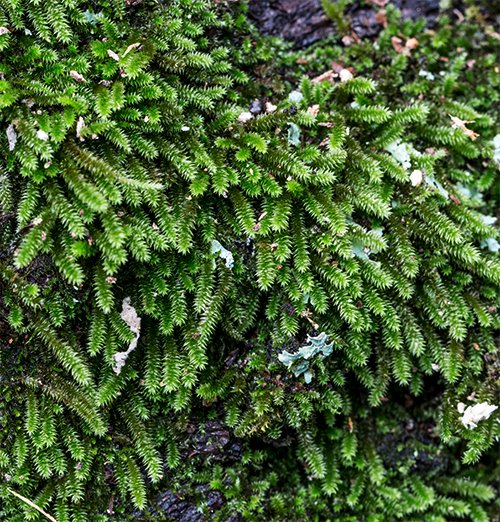
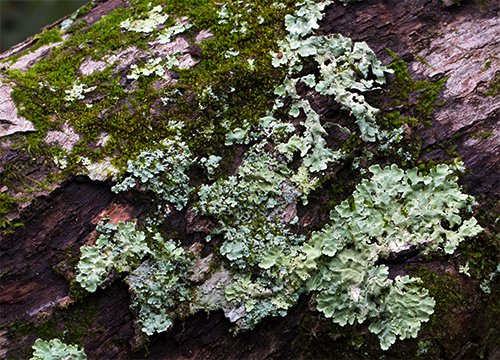

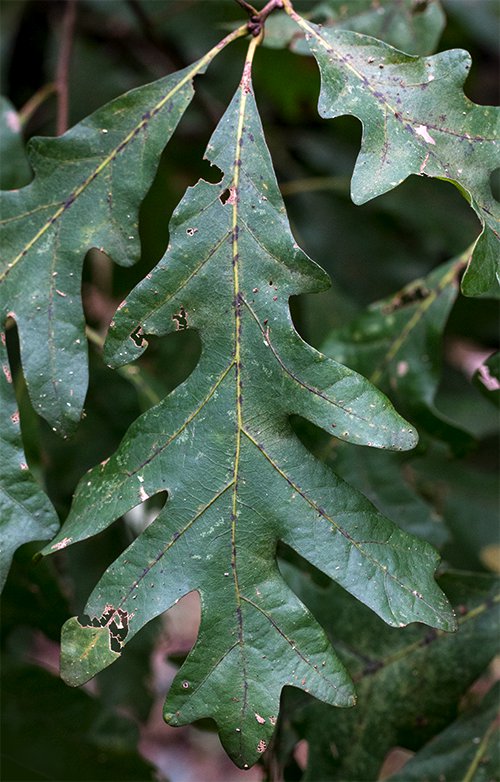

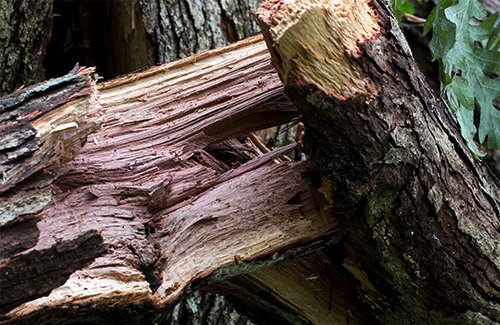
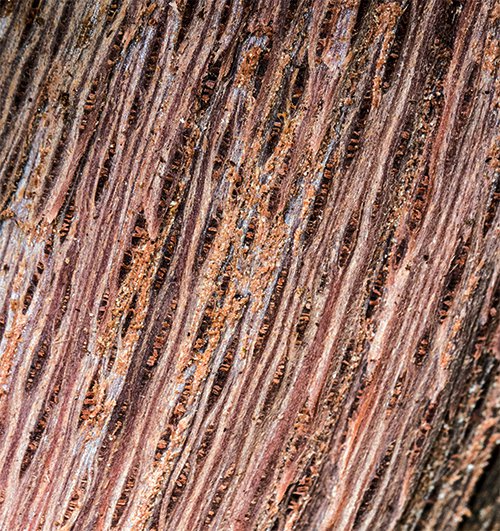
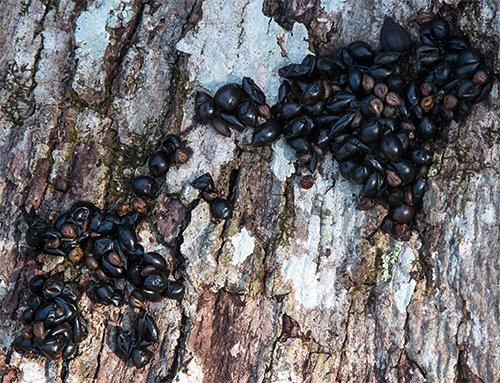



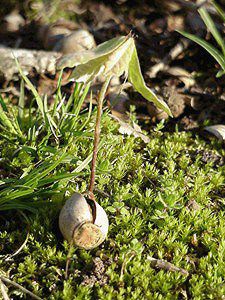 as shown
as shown 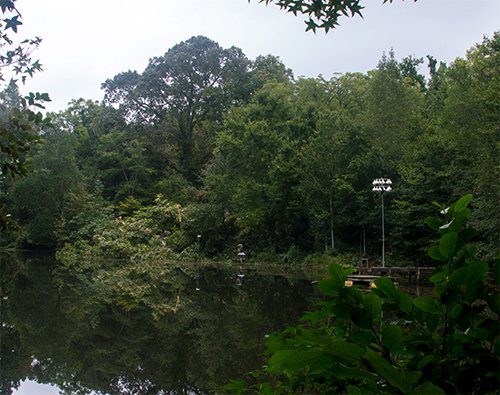
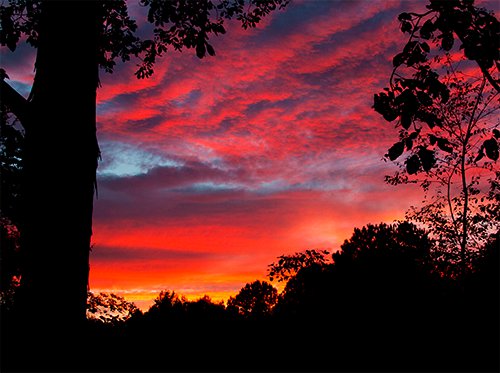
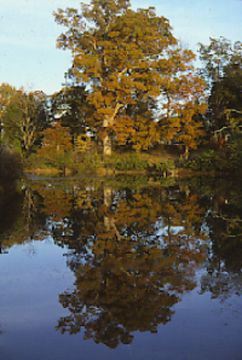 POSTSCRIPT:
POSTSCRIPT: 






 Please report your
Please report your